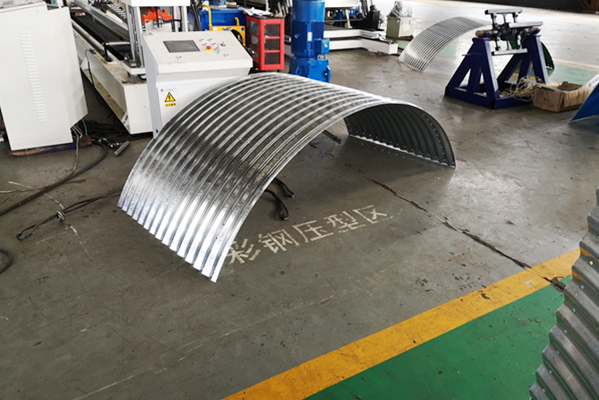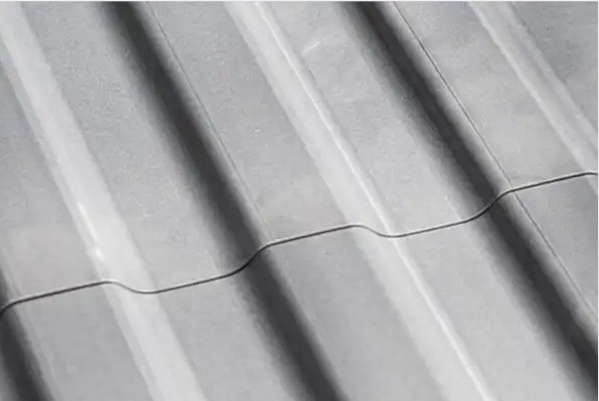Navigation Menu
Contact Us
- Email:
- info@wxavatar.com
- Address:
- Yurong Village, Yuqi Street, Huishan District, Wuxi, China.
Release Date:Jul 03, 2025 Visit:44 Source:Roll Forming Machine Factory
The agricultural sector is increasingly adopting smart technologies to enhance grain storage efficiency, reduce losses, and maintain quality. By integrating advanced monitoring systems, automation, and data analytics, modern grain storage solutions are becoming more reliable and cost-effective. This article explores the key ways smart technologies are being incorporated into grain storage.

1. IoT-Based Monitoring Systems
Internet of Things (IoT) sensors are widely used to monitor critical storage conditions such as temperature, humidity, and CO₂ levels. These sensors provide real-time data, allowing operators to detect potential issues like mold growth or insect infestations early. Alerts can be sent to managers via mobile apps or cloud-based platforms, enabling quick interventions to prevent spoilage.
2. Automated Climate Control
Maintaining optimal storage conditions is essential for grain preservation. Smart climate control systems use AI algorithms to adjust ventilation and cooling based on real-time sensor data. This automation ensures consistent temperature and humidity levels, reducing the risk of degradation while minimizing energy consumption.
3. Predictive Analytics for Quality Maintenance
Machine learning models analyze historical and real-time data to predict potential storage risks. By identifying patterns, these systems can forecast spoilage risks or pest outbreaks before they occur. This proactive approach helps storage managers implement preventive measures, extending grain shelf life.
4. Remote Management via Cloud Platforms
Cloud-based storage management systems allow operators to monitor multiple facilities remotely. Centralized dashboards provide insights into inventory levels, environmental conditions, and equipment performance. This remote accessibility improves decision-making and reduces the need for manual inspections.
5. Automated Inventory Tracking
RFID tags and barcode scanning systems streamline inventory management by tracking grain batches throughout storage and distribution. Automated record-keeping reduces human error and ensures accurate stock monitoring, helping businesses optimize supply chain logistics.
6. Enhanced Pest Detection and Control
Smart traps equipped with motion sensors and cameras detect pest activity in storage units. When pests are identified, targeted fumigation or temperature adjustments can be triggered automatically, reducing chemical usage and minimizing grain damage.
Conclusion
The integration of smart technologies into grain storage solutions is improving efficiency, reducing waste, and ensuring higher-quality outputs. IoT sensors, automation, AI-driven analytics, and remote management systems are key innovations driving this transformation. As these technologies continue to evolve, grain storage operations will become even more precise and sustainable.

By adopting these advancements, agricultural businesses can enhance storage reliability and maintain competitive advantages in the global market.